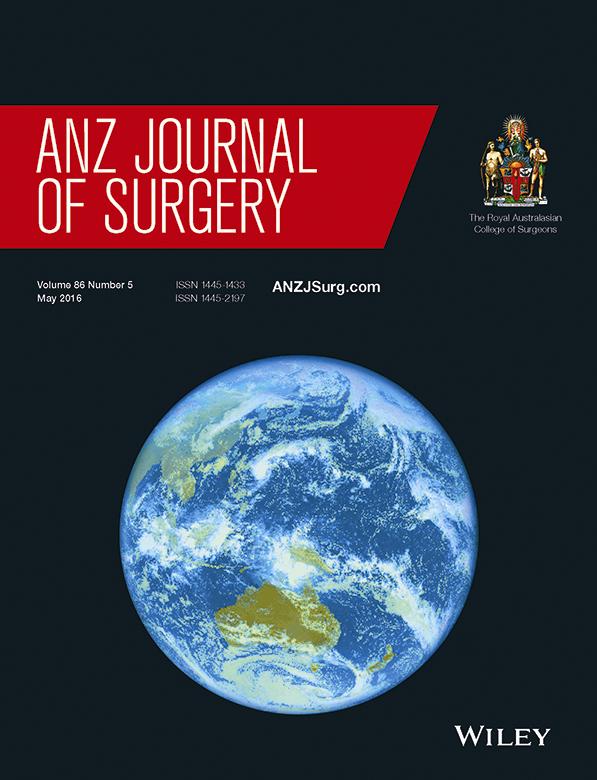Mandibular reconstruction: meta-analysis of iliac- versus fibula-free flaps
Abstract
Background
Free vascularized bone flaps are widely recognized as the optimal reconstruction for patients who undergo mandibular resection. The fibula-free flap is currently considered the gold standard, workhorse flap for mandibular reconstruction. Although previous studies have analysed individual success of each flap type, few have compared iliac- and fibula-free flaps.
Methods
A systematic review of the literature was conducted in line with the PRISMA protocol searching the PubMed and EBSCO databases. Twenty-four studies were included as per predetermined inclusion criteria. Double-arm random effect meta-analysis was conducted with STATA 12, and single-arm meta-analysis was conducted utilizing Meta-XL.
Results
The results of this meta-analysis confirm that there is no significant difference in total flap loss between fibula- and iliac-free flap reconstruction of mandibular defects. In terms of recipient site complication, there was a significantly higher risk of delayed healing and suture line breakdown in the iliac flap group (P = 0.05). Donor site complications showed a trend towards being higher in the fibula flap group. Osseointegrated dental implant loss in fibula flaps was higher than in iliac flaps (5.3% compared with 1.7%).
Conclusion
Both iliac- and fibula-free flaps should be considered for use in mandibular reconstruction. We suggest the iliac crest as the first choice for mandibular angle or body defects (better contour match) or also defects requiring greater soft-tissue bulk for intra-oral lining. The fibula flap is best when bony length is required such as in subtotal or total mandibulectomy.




